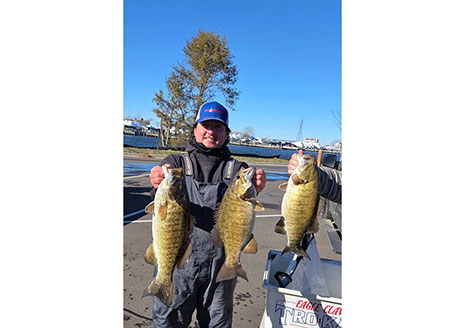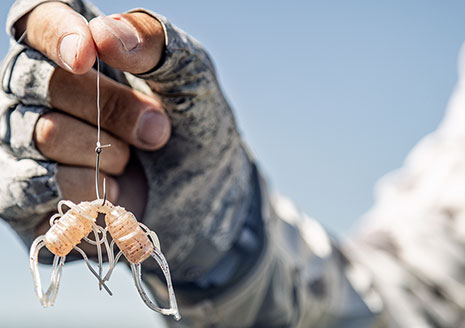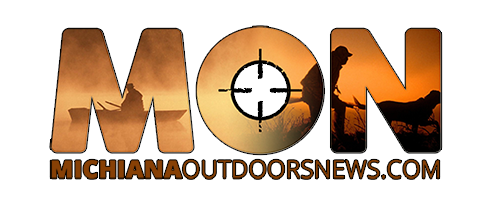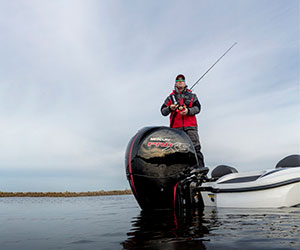
What's New?


After fishing windy conditions and tough fishing the day before at Magician Lake, the nine Michiana Singles Open contestants faced more blustery conditions Sunday on the St. Joseph Benton Harbor.

New Gear
The Strike King Sexy Bug is a game-changer for anglers looking to outsmart fish, even in the toughest conditions. Its enticing design is specifically engineered to attract more bites when the waters are quiet, or fish are hesitant.
Newsflash
Bass Fishing Hall of Fame to Induct Hopper, Lamb and Shakespeare Jr.
- Details
BFHOF Report
The plaque wall at the Bass Fishing Hall of Fame will see three new additions in 2025, a trio that represents a cross section of industry pillars, including boat building, media, tournament organization and tackle innovation.
The Hall of Fame will welcome Randy Hopper, Craig Lamb and William Shakespeare Jr., who were selected from a diverse 20-person ballot by the Hall of Fame’s 30-member Selection Panel and living Hall of Fame inductees. A total of 81 ballots were distributed and 65 were returned, eclipsing last year’s total for most ballots submitted in a single year. The roster of Hall of Famers now stands at 103.
Another Case of Chronic Wasting Disease Confirmed in Indiana
- Details
IDNR Report
The Indiana DNR has confirmed Indiana’s second positive case of chronic wasting disease (CWD). CWD is a neurological disease that affects deer, resulting in their eventual death. The positive, wild white-tailed deer was a 2.5-year-old male harvested in Posey County.
CWD has been detected in wild deer in 36 states, including all states bordering Indiana.
During the 2025-2026 deer hunting season, DNR will enhance its surveillance efforts in Posey County and the surrounding counties to determine the extent of disease in this area. This will allow biologists to develop a targeted response based on the prevalence of CWD in this part of Indiana. CWD testing will be voluntary for hunters in this area.
“The public can help by reporting sightings of sick or dead deer to the DNR, as well as submitting harvested deer for testing during deer hunting season. Through increased awareness and testing, we can work to monitor CWD within Indiana’s deer population.” said Joe Caudell, Indiana DNR deer biologist.
There have been no reported cases of CWD infection in humans. DNR recommends that hunters have their deer tested, and that people do not eat meat from deer that test positive for CWD. See the National Prion Disease Pathology Surveillance Center's website for more information.
Page 9 of 268













Connect With Us